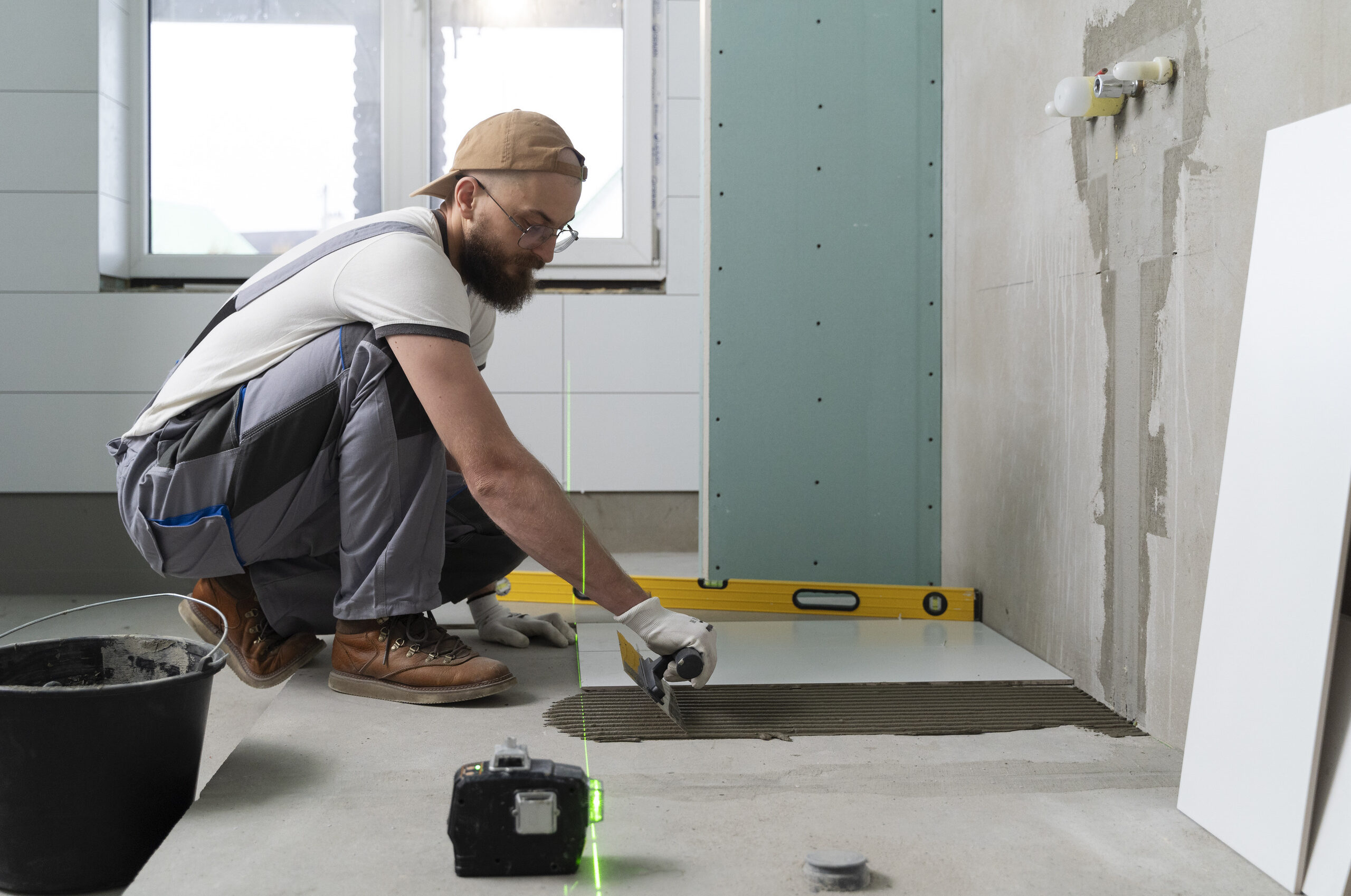What are Common Mistakes to Avoid in New Construction Plumbing Projects
Regarding new construction plumbing projects, plumbing guarantees a practical and productive structure. Nonetheless, even the littlest oversight can prompt exorbitant fixes and cerebral pains. Plumbing is one of those parts of your home that isn’t noticeable to the unaided eye. You don’t consider it until something turns out badly. While building your new home brings joy, there are not many regions that are not so alluring. One such urgent region is the pipes framework, which assumes an imperative part of your daily routine. Subsequently, you ought to be ultra-mindful of your pipes. To assist you with keeping away from these everyday entanglements, we’ve gathered a rundown of the leading seven plumbing slip-ups to look out for while undertaking another new construction plumbing project.
-
Neglecting proper planning
-
Improper pipe sizing
-
Neglecting ventilation requirements
- Inadequate backflow prevention
-
Opting for low Quality materials
-
Ignoring water pressure regulation
-
Failing to manage a hard water problem
Conclusion
While developing a new building or complex, regarding plumbing as an afterthought is significant. Notwithstanding customary pipe contemplations about how to spread out the plumbing foundation and incorporate it into the tasks of the structure, it’s fundamental to focus on these three regions that are frequently missed. You can guarantee smooth and inconvenience-free new construction plumbing projects by avoiding these regular pipe botches.FAQ:
- How to estimate plumbing cost for new construction
- How much does a plumber charge for new construction
-
How to bid on new construction plumbing
- How to rough in plumbing new construction
-
How to install plumbing in new construction
- Prepare the site for new construction plumbing
- Start drilling through Sills
- Install drain/vent lines
- Run the copper supply pipes
- Rough in the water lines
- Hook up fixtures
- Drill holes for the manifold
- Install the ball valves
Recent Post

July 1, 2024
Top 20 Must-Have Plumbing Tools for DIY Repairs
June 20, 2024
How Much Does It Cost to Repair a Water Heater? A Comprehensive Guide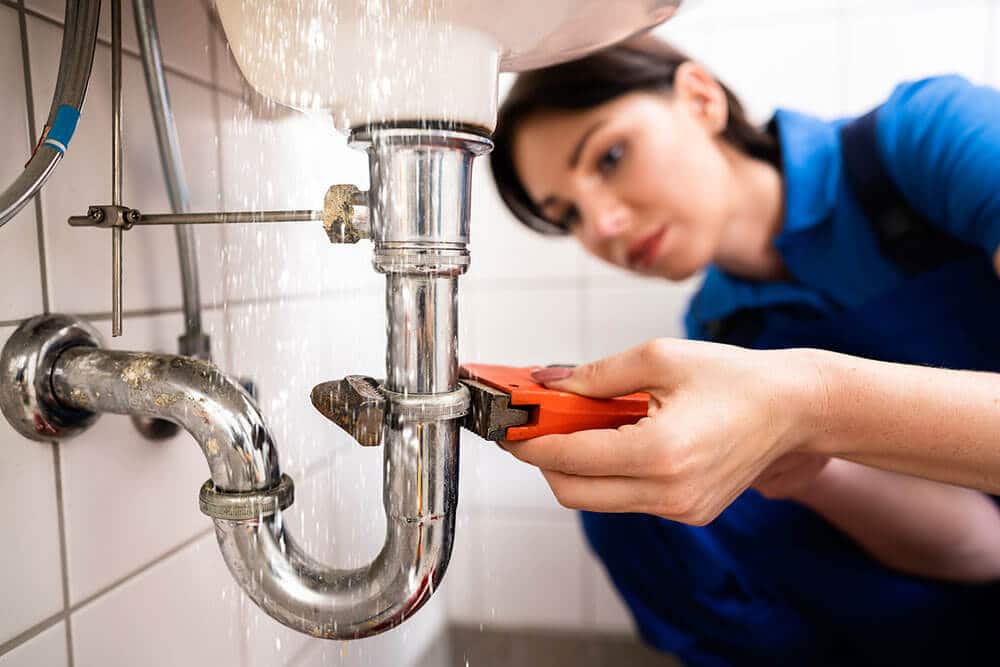
March 29, 2024
Hidden Plumbing Leak: How To Detect, Fix, And Prevent It In 2024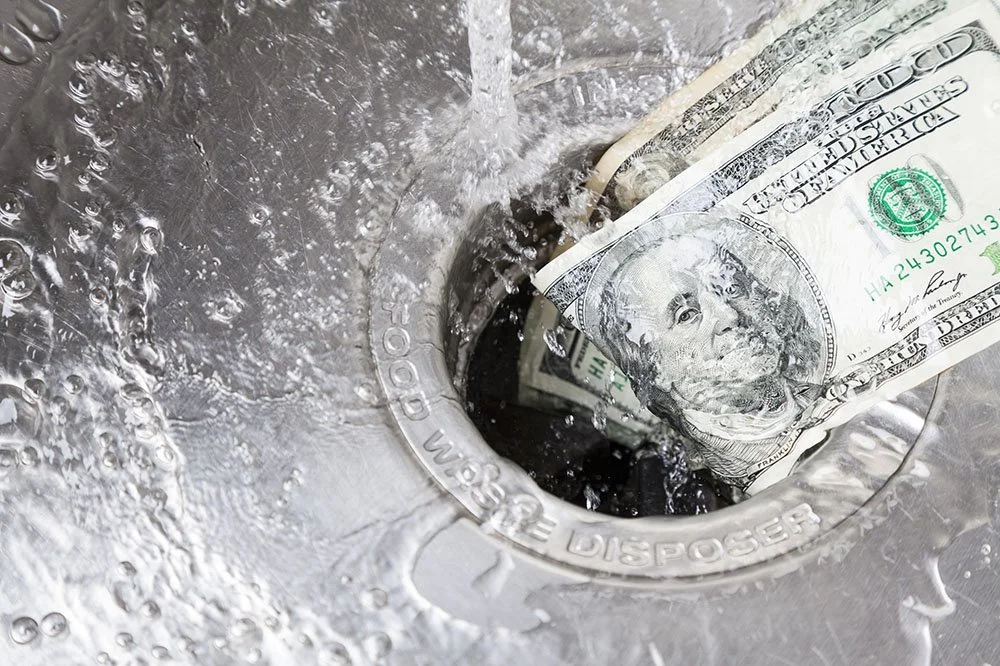
March 20, 2024
Plumbing Issues That Can Lead To A High Water Bill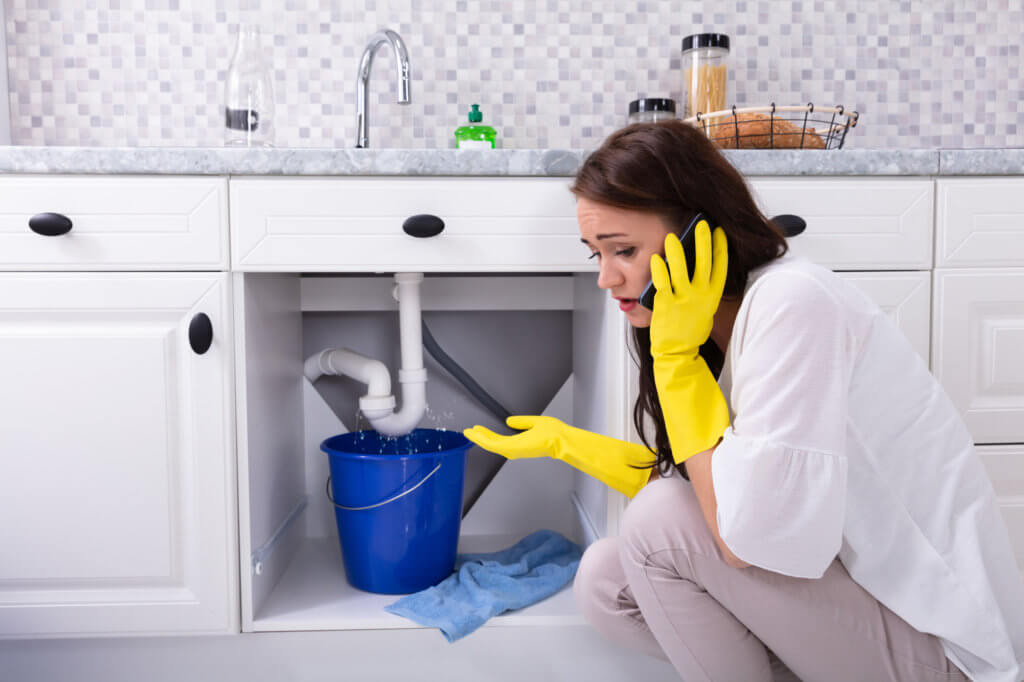
March 8, 2024
Plumbing Emergencies: How to React and What to Do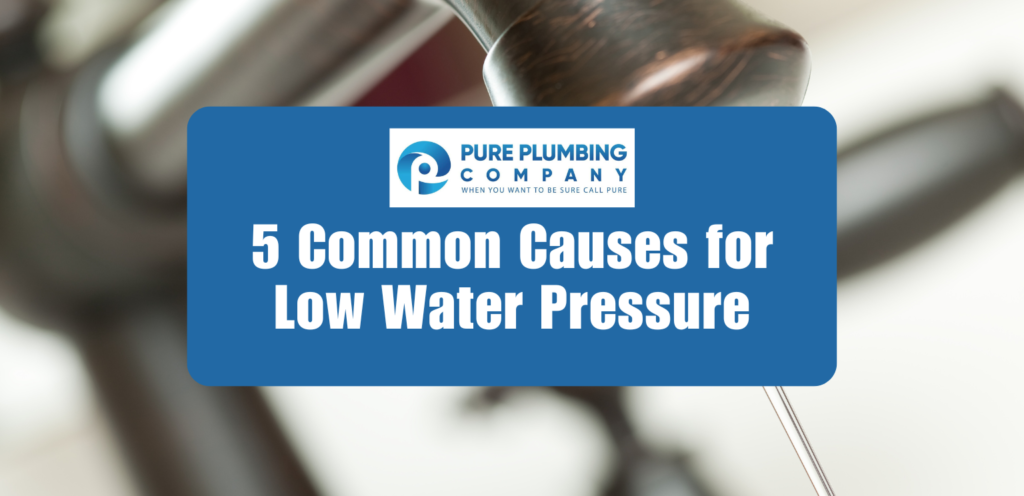
February 25, 2024
5 Common Causes for Low Water Pressure and How to Fix Them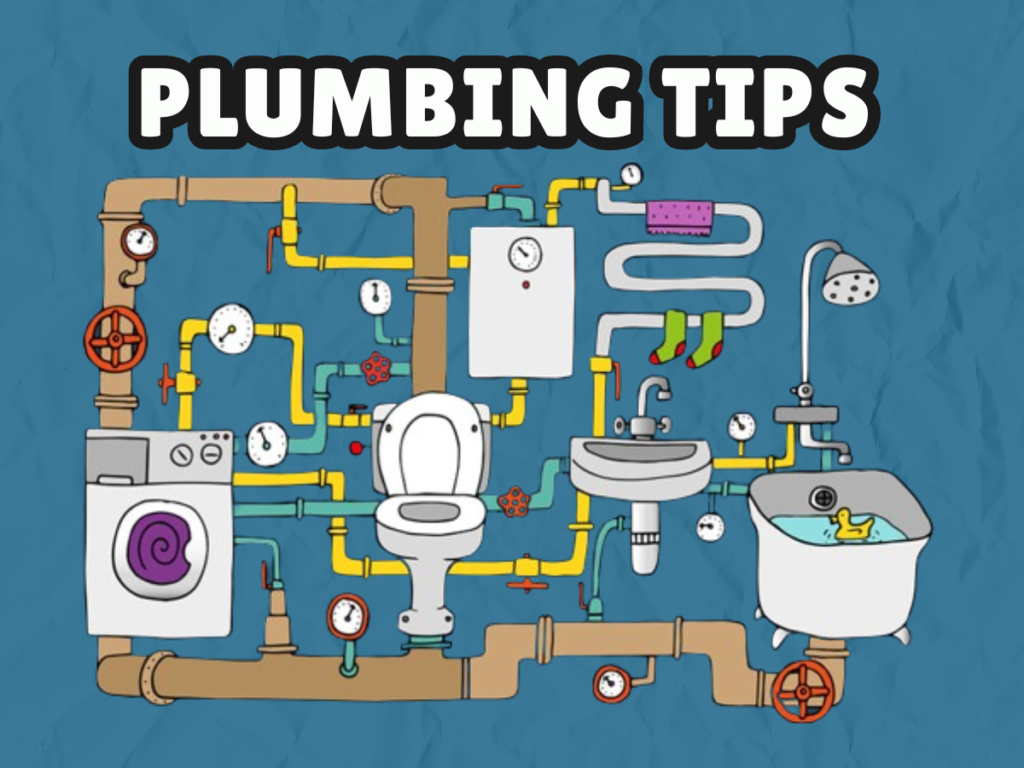
February 12, 2024
10 Essential Plumbing Tips Every Homeowner Should Know
January 2, 2024
Every Homeowner’s Essential: A Step-by-Step Gas Line Inspection Checklist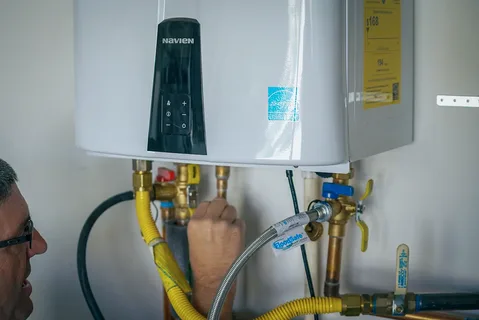
December 21, 2023
How to Install a Water Heater: A Step-by-Step Guide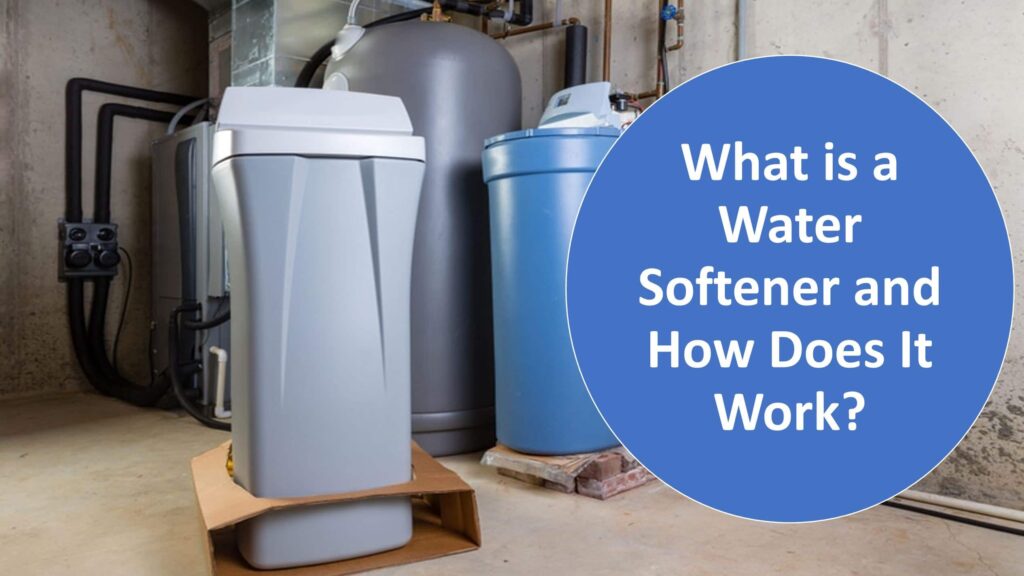
December 8, 2023
What is a water softener and how does it work?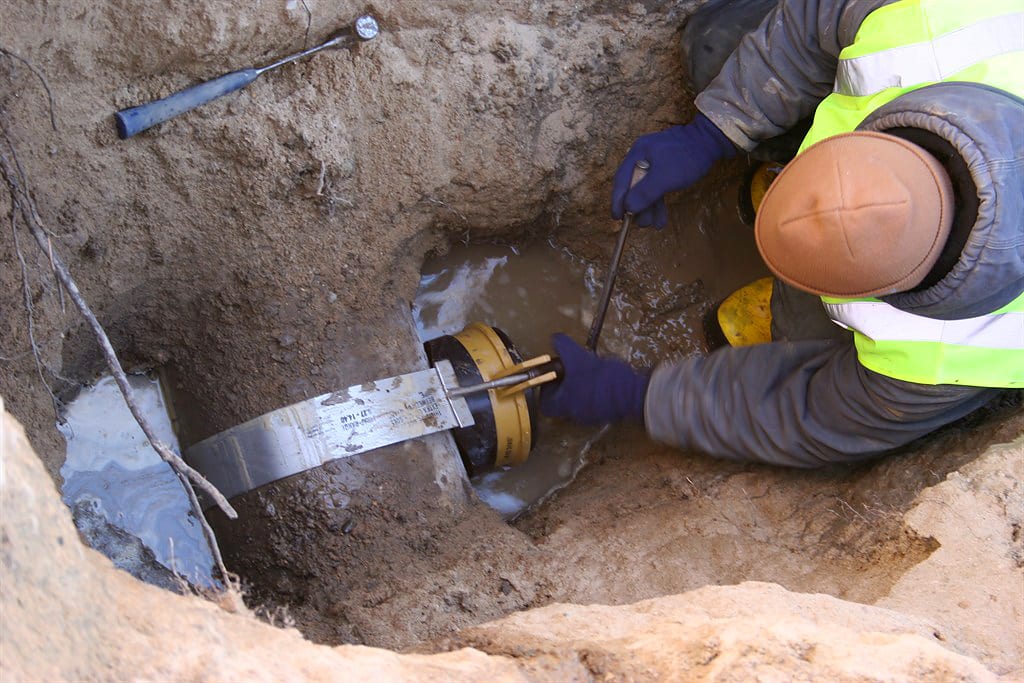
November 21, 2023
How to Know Trenchless Water Line Replacement Is Right for You

